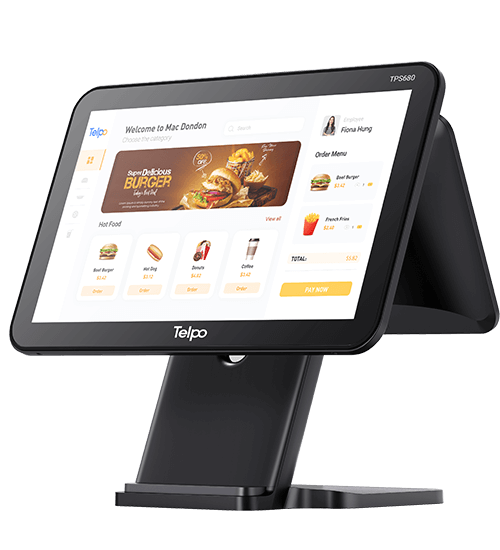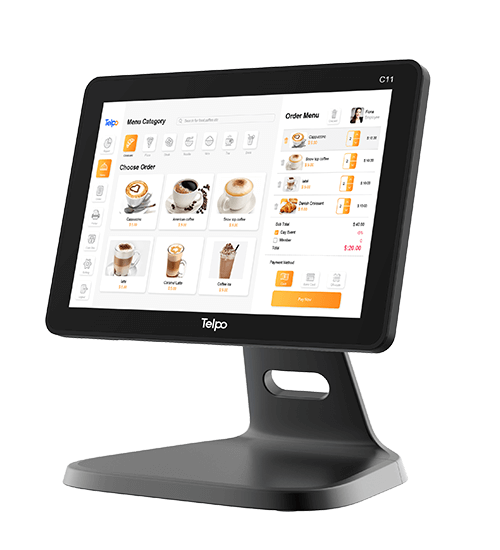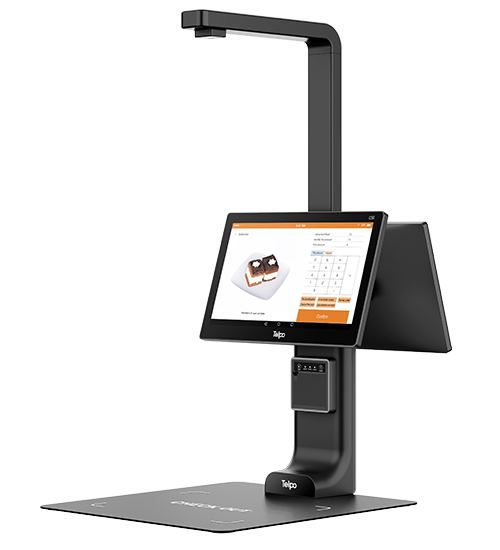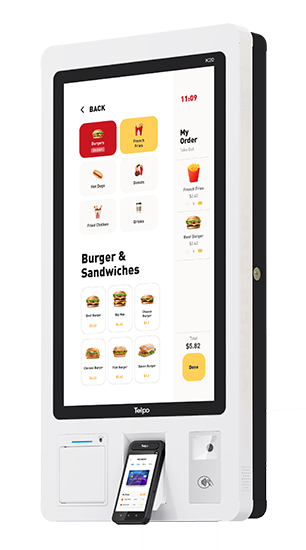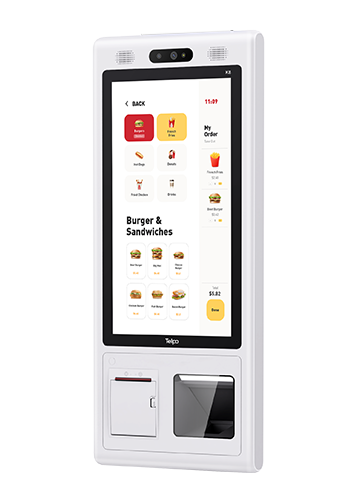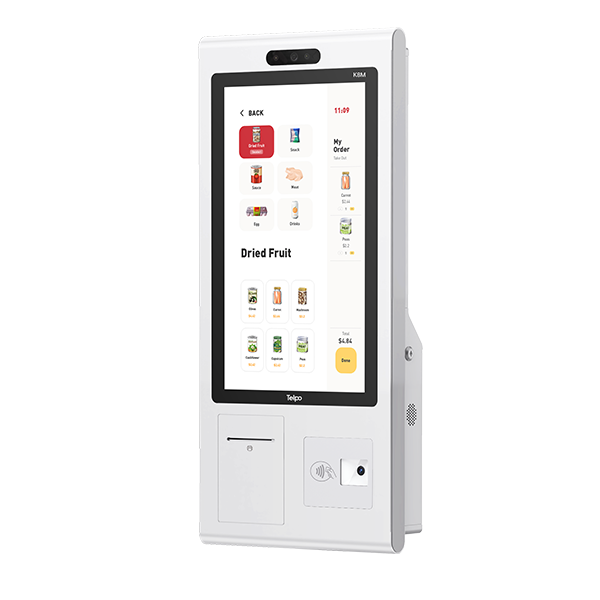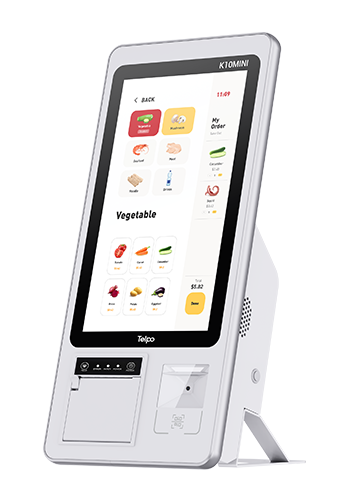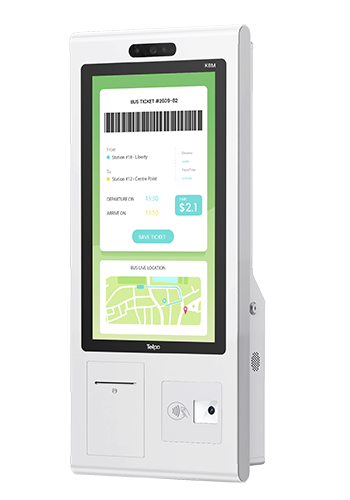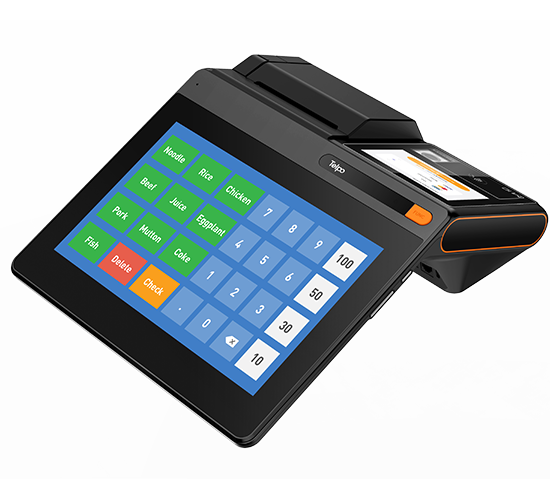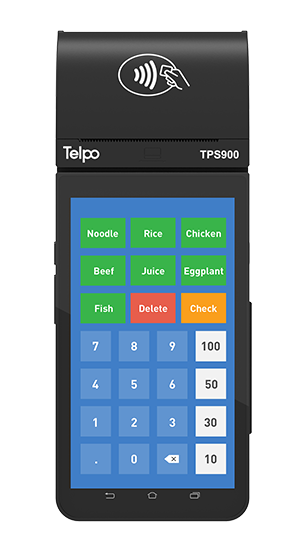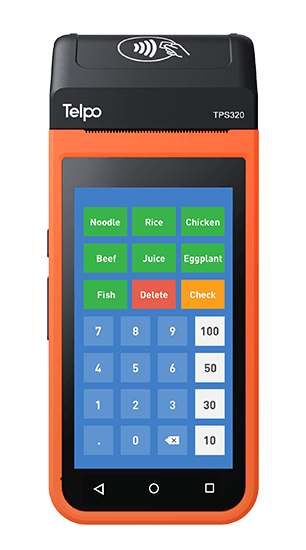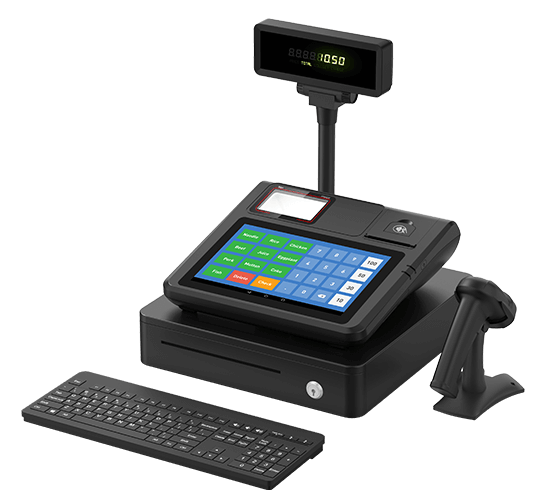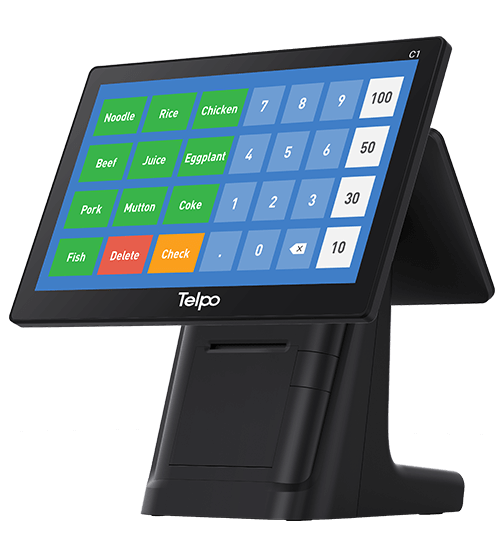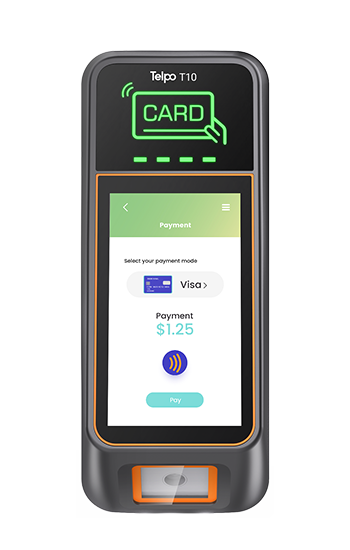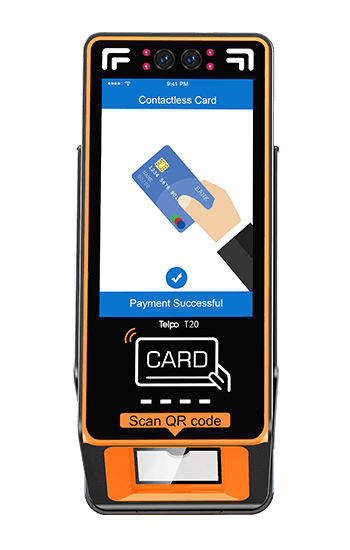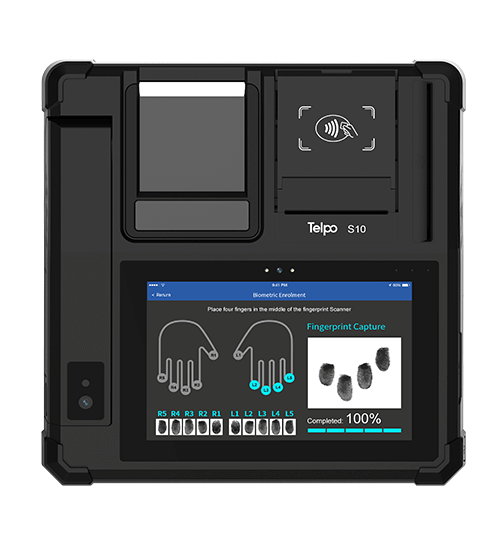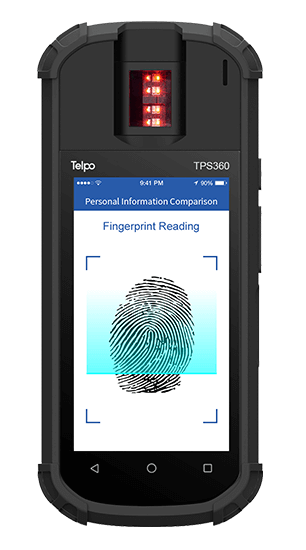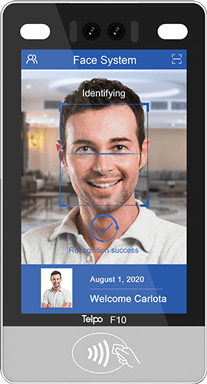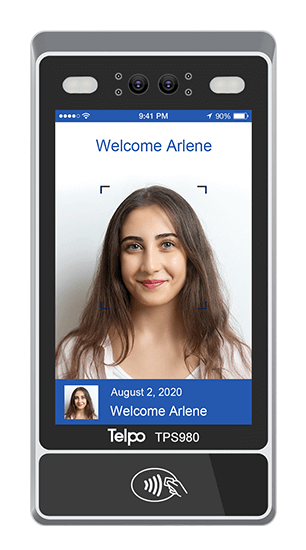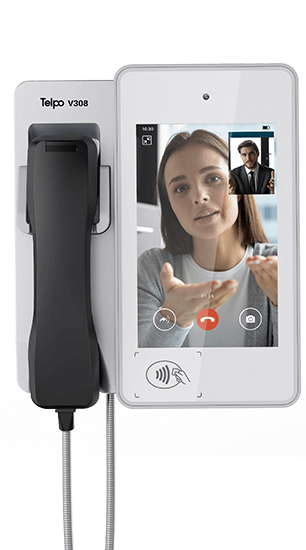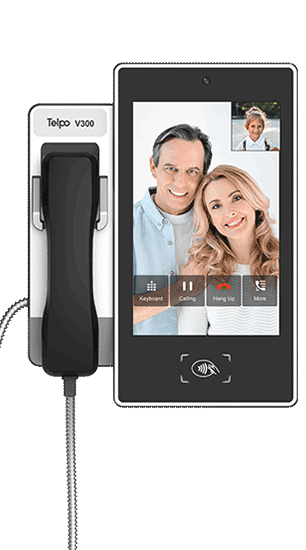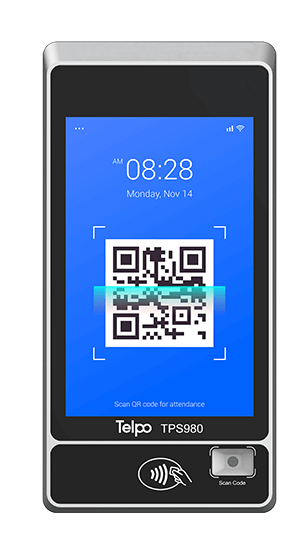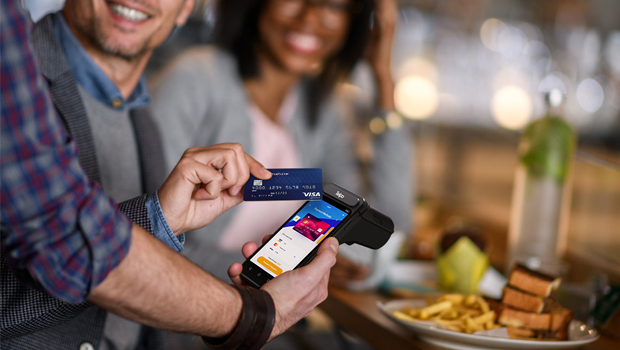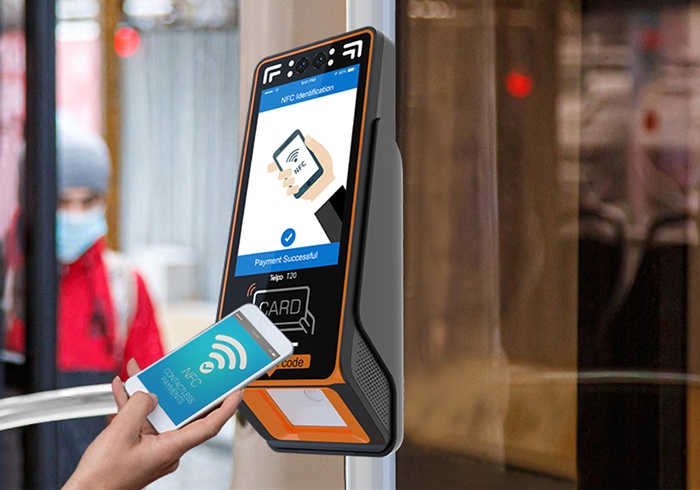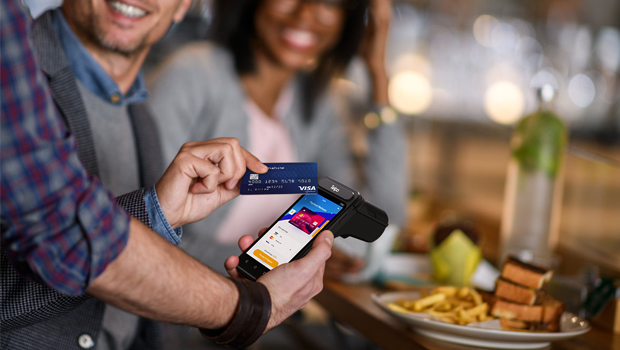In today's digital age, the transition from physical documents to digital credentials is becoming increasingly prevalent, such as the shift from traditional paper-based identity cards to digital identity cards. Biometric authentication has emerged as a powerful tool to safeguard the integrity and privacy of digital identity cards. How biometric authentication technologies ensure the security of digital identity?

What is digital identity?
Digital identity cards are electronic representations of traditional identity documents, such as passports, driver's licenses, and national ID cards. These digital credentials are stored securely on electronic devices, such as smartphones or smart cards, and can be accessed and presented digitally when required. The transition to digital identity cards offers several advantages, including reduced administrative burdens, enhanced user convenience, and improved fraud prevention.
However, the security of digital identity cards is a critical concern. The risk of unauthorized access, identity theft, and data breaches necessitates robust security measures. Biometric authentication technologies provide a reliable and secure solution to address these concerns. By leveraging unique physical or behavioral characteristics, biometrics offer a high level of assurance in verifying and validating an individual's identity.
What are the common biometric authentication methods?
l Fingerprint recognition
One of the most common biometric authentication methods is fingerprint recognition. Fingerprint biometrics analyze the unique patterns and ridges on an individual's fingertip to create a biometric template. This template is then securely stored and used for subsequent authentication purposes. By comparing the presented fingerprint with the stored template, the system can verify the authenticity of the individual's digital identity. Fingerprint biometrics are widely adopted due to their high accuracy, ease of use, and non-intrusive nature.
l Facial recognition
Another popular biometric authentication method is facial recognition. Facial recognition technology analyzes facial features, such as the distance between the eyes, the shape of the nose, and the contour of the face, to create a unique biometric profile. This profile is then used to match and verify the individual's identity. Facial recognition offers the advantage of contactless authentication, making it suitable for scenarios where hygiene and convenience are paramount.
l Others
In addition to fingerprints and facial features, other biometric modalities, such as iris recognition, voice recognition, and palmprint recognition, can also be utilized to enhance the security of digital identity cards. These modalities provide additional layers of security by leveraging unique physiological or behavioral characteristics that are difficult to forge or replicate.
What are the benefits of integrating biometric authentication and digital identity?
l Enhanced security
Firstly, the integration of biometric authentication and digital identity provides a higher level of assurance in verifying an individual's identity compared to traditional methods, such as PINs or passwords. Biometric characteristics are unique to each individual and are difficult to forge or steal, significantly reducing the risk of identity fraud.
l Improved user convenience
Secondly, biometric authentication enhances user convenience. With biometrics, individuals no longer need to remember complex passwords or carry physical identity documents. They can simply present their biometric traits, such as fingerprints or faces, to authenticate their digital identity quickly and securely. This streamlines the authentication process, saving time for both individuals and service providers.
l Higher efficiency
Furthermore, biometric authentication can be conducted in real-time, allowing for instant identity verification. This is particularly valuable in scenarios where time-sensitive transactions or access control are involved. For example, at airports, biometric authentication can expedite the security screening process, enabling a seamless and efficient travel experience.
Biometric authentication technologies play a vital role in ensuring the security of digital identity by leveraging unique physical or behavioral characteristics to verify an individual's identity. With the adoption of biometrics, digital identity cards provide a higher level of assurance, enhanced user convenience, and real-time authentication capabilities.
Telpo is leading the way in biometric technology. From fingerprint and facial recognition to iris and palm print recognition, we've mastered it all. With our extensive experience in biometric projects, Telpo is the trusted choice for your needs. Contact us now for more details.
Tag: biometric authentication, digital identity, fingerprint recognition


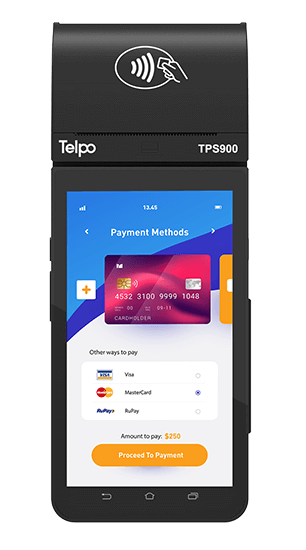
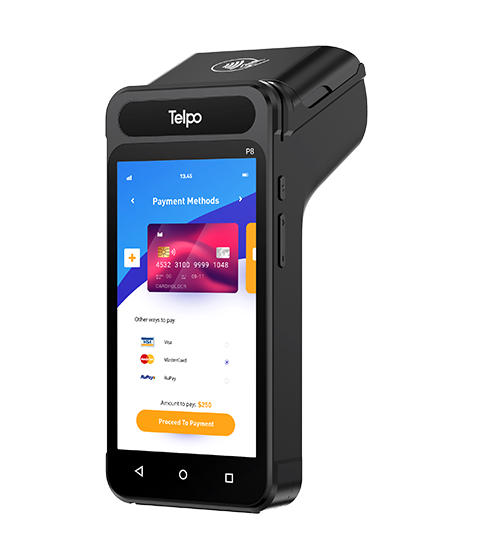
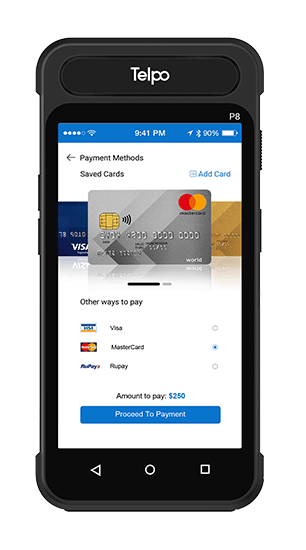

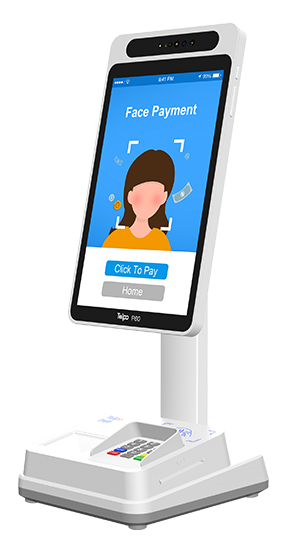
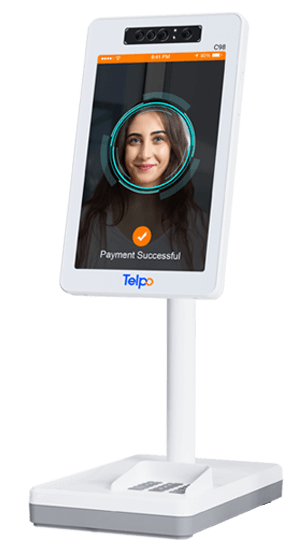
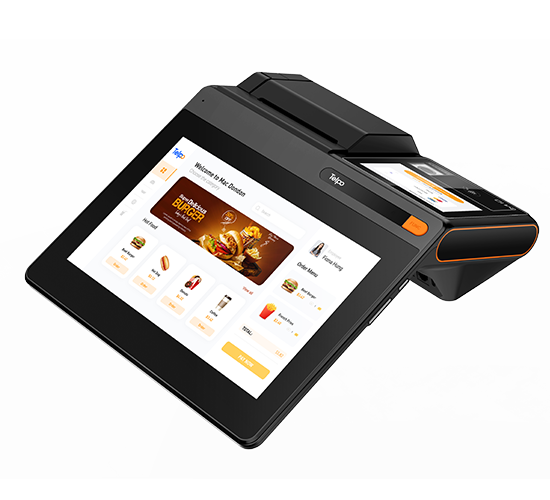

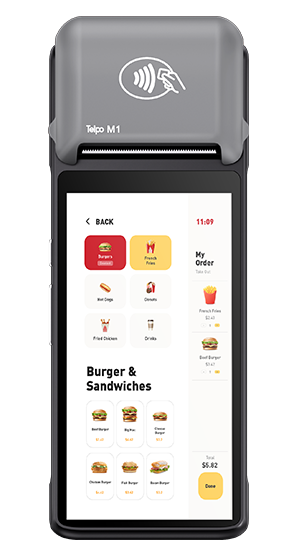

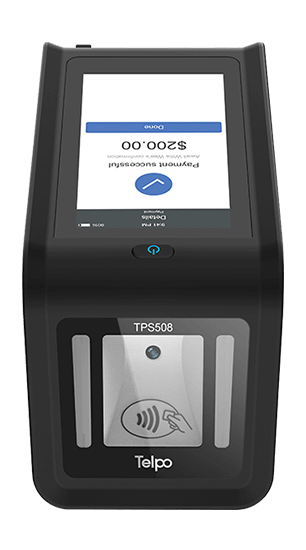
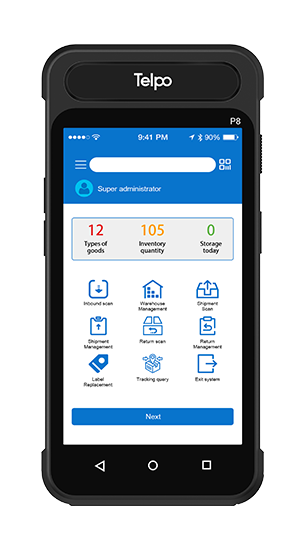

.png?VGVscG8tQzItUG9pbnQgb2YgU2FsZSBUZXJtaW5hbCA=*2023/07/Telpo-C2-80-printer-550.png?VGVscG8tQzItUG9pbnQgb2YgU2FsZSBUZXJtaW5hbCA=)
